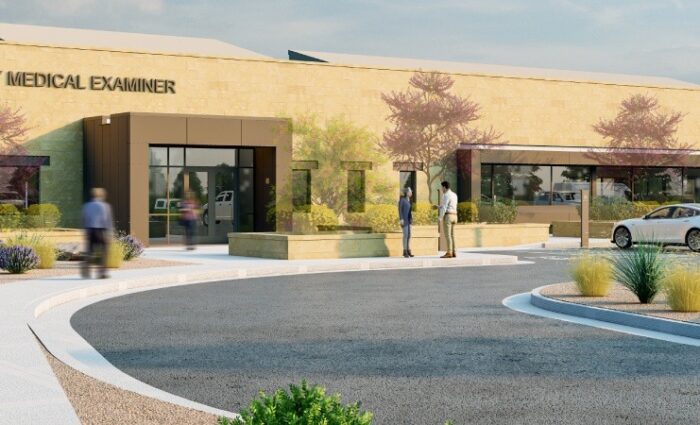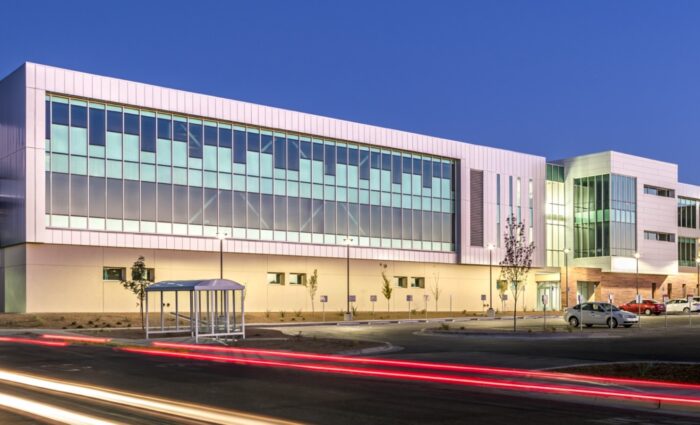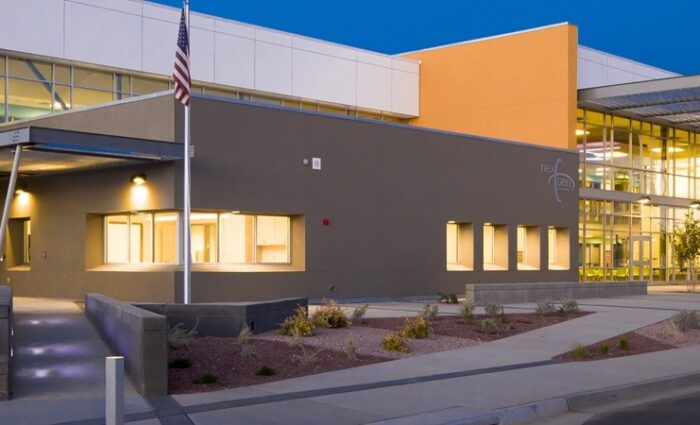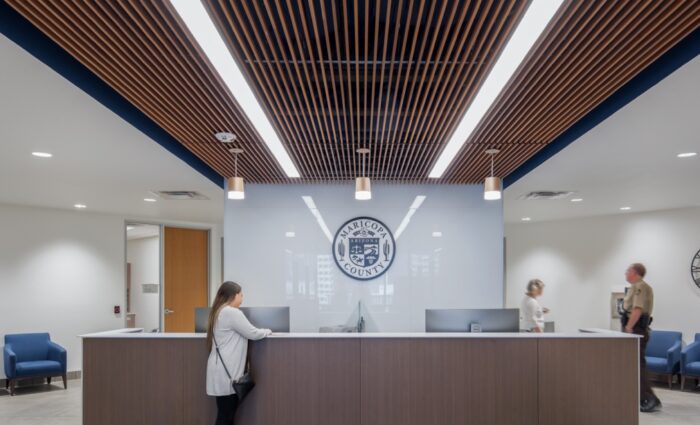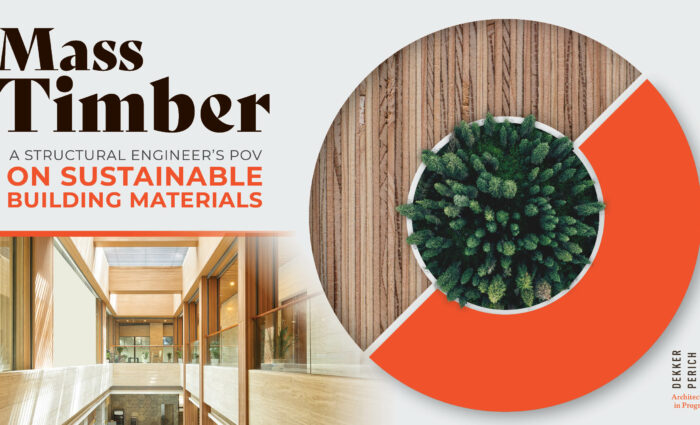The Greatest Risk Facing Modern Firefighters
How thoughtful fire station design promotes the safety of its workers
If you were to guess the biggest occupational hazard facing firefighters, what would you say? You might assume that the main risk would come from the fire itself – the blazing heat, the weight of collapsing buildings, the suffocating smoke. And those are, to be sure, certainly risks that come with the job. But the biggest risk facing firefighters is a lot more insidious.
About 70% of line-of-duty deaths are caused by cancer. Firefighters are 14% more likely to die of cancer than the average population. They have double the risk of some cancers, like mesothelioma. Overwhelmingly, these cancers are linked to environmental toxins and exposure to harmful chemicals.
Advancements in personal protection equipment (PPE) technology have helped provide some armor against these substances. But PPE isn’t worth much if it’s not properly cleaned and contained. And being protected outside doesn’t do you any good if you bring the toxins into your living space with you. Which is why decontamination is a primary concern in modern fire station design.

Can Safer Fire Stations Make Healthier Firefighters?
Many of the country’s fire stations were built in the 1960s and 70s, when the risk of chemical exposure was not fully understood, and decontamination protocols had yet to be developed. Correcting for this is a priority in any modern station re-design or renovation.
Decontamination protocols require fire stations to be divided into “hot,” “cold,” and “warm” zones. Firefighters returning from a call will go through the hot zone, where they’ll shed their PPE and place it into a commercial extractor, a specialized cleaning apparatus that decontaminates their gear. They’ll then move on to the warm zone, where they’ll shower and dress, before entering the cold zone – the offices, sleeping quarters, and living areas that make up the bulk of the station.
This kind of decontamination sequence might sound obvious, but it’s something that must be designed intentionally. Some older stations, for example, were built with a saddlebag design offices on one side, bunkers on the other, with the truck bay in the middle. Anyone moving from one side of the station to the other would have to pass through a space shared with dirty turnout gear, truck exhaust, and other environmental hazards.
In any given workday, an individual working in that environment could be exposed to toxins multiple times, and even small exposures can add up to big risks. Designing a building with all the cold zones on one side and the hot zone on the other eliminates this risk and improves efficiency at the same time.
Fire Station Design that Works
Firefighting is a tough, dangerous job, and it’s impossible to completely eliminate risk. But shouldn’t complete elimination be the goal to work toward? And while we’re at it, shouldn’t we find ways to make fire stations better? Not just safer, but more comfortable, more beautiful, and more functional.
Maybe that means making sure the sleeping quarters face away from the road, so tired firefighters aren’t kept awake by traffic noise. Maybe it means adding gym equipment and a spacious workout space so they can train and maintain peak physical condition between calls.
It could be having a better-designed kitchen that makes it easier to share meals. Or bigger windows or skylights to let in natural light and protect circadian rhythms during shift work. Or truck bay doors that pull down instead of slide out, so nobody has to waste time cleaning New Mexico sand from the tracks.
Firefighters work hard to keep communities safe, from putting out fires to being the first on the scene of emergencies. Fire stations do a lot of work, too, like serving as community hubs and disaster relief centers. As architects, we can’t do much to protect people on the front lines of a wildfire. But we can give them a safe place to return to after it’s over and promote their well-being in as many other ways as we can. If they’re willing to put their lives on the line for all of us, don’t we owe it to them to try and make sure they never have to?
Read our minds.
Sign up for our email.
Related Content
The Promise of Public Space
Article
Mixed Reality in Architecture
Article

Design a career path with more bridges.
Looking to break down the walls of the status quo?

